The four longest-tenured coaches in the NHL are Jon Cooper (hired in 2013), Mike Sullivan (2015), Jared Bednar (2016), and Rod Brind’Amour (2018). It’s common to hear about the coaches that are on the hot seat and which ones are expected to be fired next but rarely are the coaches on the “cold seat” discussed. They go under the radar and year in and year out, allow their teams to compete as they not only hang on to their jobs but tighten their grips on them.
Related: Avalanche’s Jared Bednar Paves Own Path to NHL Success
Cooper, Sullivan, Bednar, and Brind’Amour are seldom if ever mentioned as possible candidates to be fired. In a league where coaches rarely last three seasons with one team, with the average tenure lasting only 2.4 years, these four coaches have been with their respective teams for at least five years. Cooper, the league’s longest-tenured coach is closing in on a decade with the Tampa Bay Lightning. The question is what makes them great coaches and what are some of the themes that all four possess that make them successful at the NHL level?
Understanding the Roster
This is arguably the most important trait of any great coach in hockey and all sports. A lot of good coaches can implement a system and ask their players to try to thrive in it but great coaches know how to get the most out of their players. Specifically, they can adjust their styles to bring out the best in their stars and entire roster.
Brind’Amour’s ability to read his roster has been brought to the front and center in recent years largely because of his background which helped shaped him as a coach. He always played at a high level and impacted the game both offensively and defensively, especially at the end of his career. He won the Selke Trophy twice and his impact as a two-way player helped the Carolina Hurricanes win the Stanley Cup in 2006.
The Hurricanes play the same way he did as they are disciplined, gap-sound, and one of the best defensive teams in the league every year. Along with the system and style of play, Brind’Amour understands the roster because he takes coaching a step further, participating in the practices and the workouts that the team does. While Brind’Amour demands a lot from his team, he also demands a lot from himself and the players not only respect that but play up to his standard as a result.
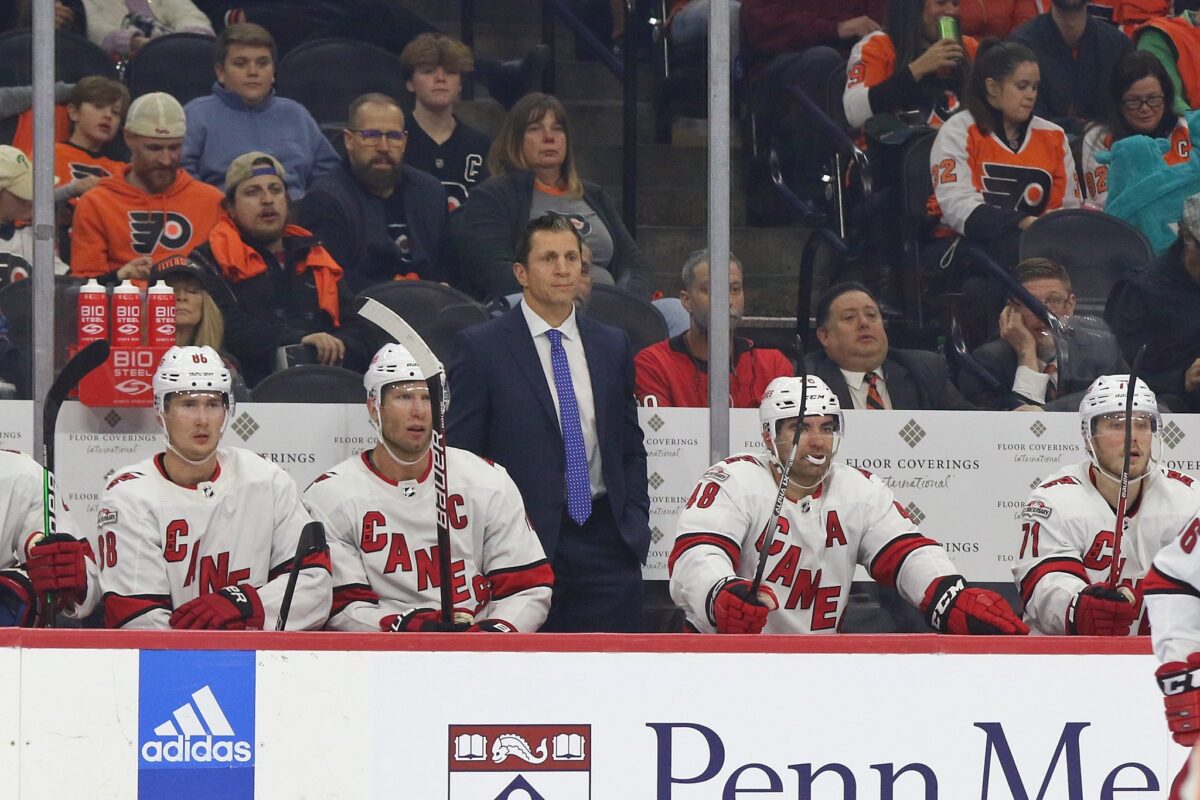
When it comes to the Colorado Avalanche, the question has always been if it’s the players or the system. Bednar is known for coaching a fast-paced, offensive-minded system but with the talent on the roster, it would be crazy to play any other way. That said, he is the one making the most out of the core he has.
Bednar allows Cale Makar, one of the league’s best skating defensemen, to play up in the offensive zone and take on a big role in the offense, allowing him to take advantage of his playmaking ability. Likewise, Devon Toews was given more freedom in his system and it’s allowed him to become an elite two-way player. Toews was a promising player with the New York Islanders but never scored more than six goals or 22 assists in a season, but when he was traded in the 2020 offseason, his career took off. In three seasons with the Avalanche, he’s scored 29 goals and 109 assists along with contributing 18.3 defensive point shares, making him one of the best defensemen in the league. Bednar also allows the players that are brought in every season to not only get plugged into the offense but play to their strengths, allowing the team to possess one of the league’s best offenses every year.
Details & Vision Are Reflected in the Team
The Lightning have been a model franchise for the past 10 years. Under Cooper, they’ve reached the Stanley Cup Final four times and have won it twice. Their Cup runs in recent years particularly displayed why he is a great coach as the team mastered the small things to overwhelm opponents.
With defensemen Victor Hedman, Mikhail Sergachev, and Ryan McDonagh leading the way, the Lightning forced tough angle shots and crowded the center of the defensive zone to eliminate second-chance opportunities and easily clear the puck out of the zone. On the offensive end of the ice, they’d create open shots off of great puck movement and allow Nikita Kucherov to run the offense from the wing and create open shots for the other skaters on the top line. The small details reflected Cooper’s ability to work on the small things with a roster that was willing to perfect them.
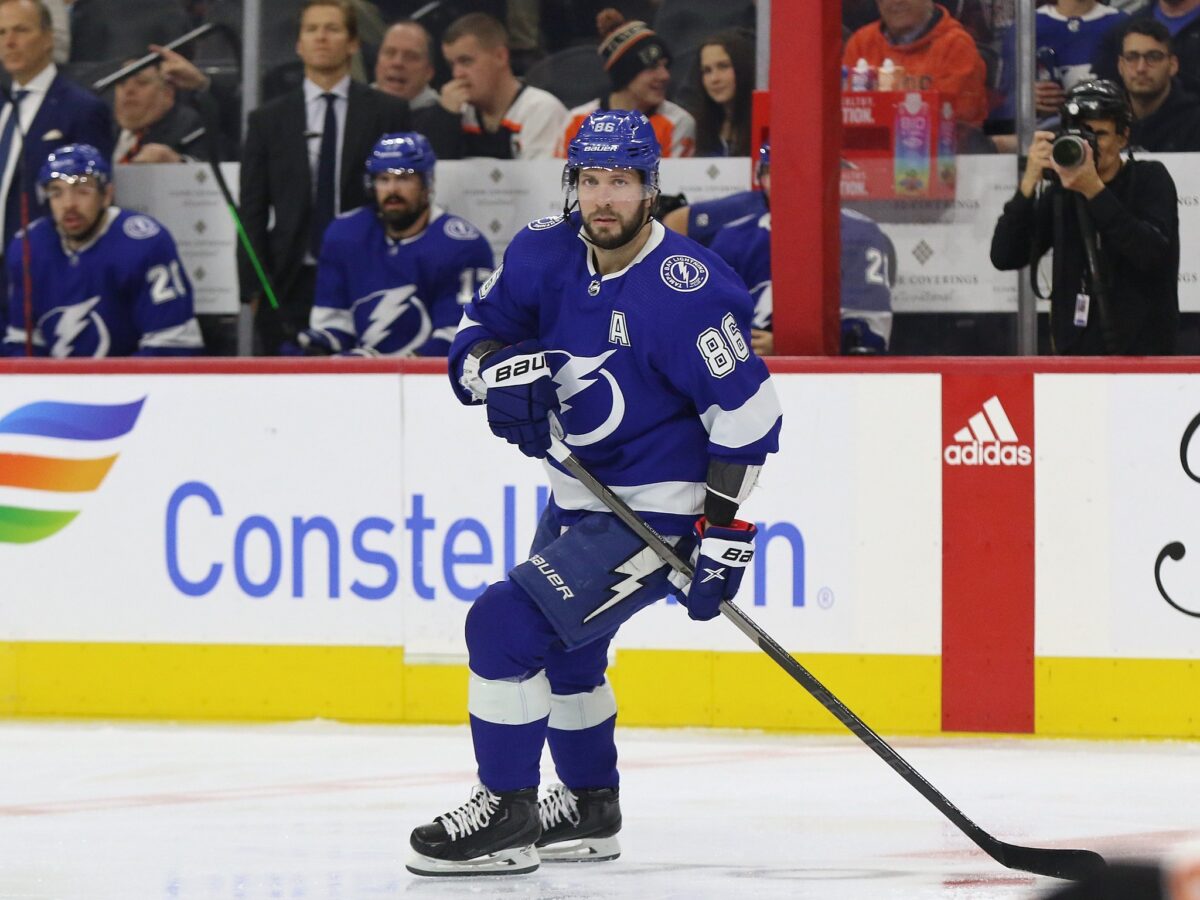
Brind’Amour’s roster always plays the way he wants them to, from controlling the puck to forcing the opponent to go the full length of the ice to find scoring chances. It’s a cliche that good teams are disciplined but the Hurricanes have a unique form of it that translates to success. When a skater makes a mistake, they won’t be scratched or forced to miss the next shift, something a lot of coaches are prone to do. Instead, it’s understood that they’ll redeem themself on the next shift. Brind’Amour preaches winning the shift, winning the period, and winning the game, allowing the skater to process the game one play at a time. The Hurricanes are a team built on discipline and possession because it’s a vital part of their head coach’s vision where the game is boiled down to the minor details from forechecking to shot-blocking.
The interesting thing about Bednar is that he formed a coaching identity in the ECHL and the American Hockey League (AHL). He won titles in both leagues with the South Carolina Stingrays and the then-Lake Erie Monsters but the amateur game helped him build a vision for how hockey should be played. The fast-paced offensive-minded game allowed him to bring that style to the NHL and with a young Avalanche team, he was able to integrate that type of system. The result became one of the league’s most overwhelming offenses, one that could gash a team on the rush and allow any skater to find the back of the net.
Being Unfazed, Even in the Dark Times
The 2022-23 season was a true testament to Bednar’s ability to remain the same and coach similarly regardless of the situation. The Avalanche were awful in the first half of the season, going 20-17-3 through 40 games. On top of that, they dealt with a surplus of injuries, notably the absence of star forward Gabriel Landeskog who missed the entire season to injury. The team looked poised to miss the playoffs one year removed from a Cup title.

Bednar was a steady presence behind the bench and coached the Avalanche the same way he would if they were in first place. Some of that was confidence as he expected the team to turn their season around but also the unfazed style was by design as they were able to rally around him and step up in the second half of the season. The Avalanche not only turned around their season with a 31-7-4 record in the final 44 games but they secured the best record in the Central Division.
The Penguins are another example of an unfazed, never-changing presence that is fueled by their coach. They missed the playoffs in 2022-23 but it was in a season where a lot went wrong. Specifically, the front office, which decided to add veterans to an aging roster, put Sullivan in a corner as he was forced to make the most of an older, injury-prone team. However, he never lost the locker room and remained the same through the good times and the bad. While they missed the playoffs by only one point, his presence has helped them go on hot streaks in the past that have allowed them to catapult to the top of the Eastern Conference. The Penguins reached the playoffs in the seven years before that and won back-to-back Stanley Cup titles in 2016 and 2017.
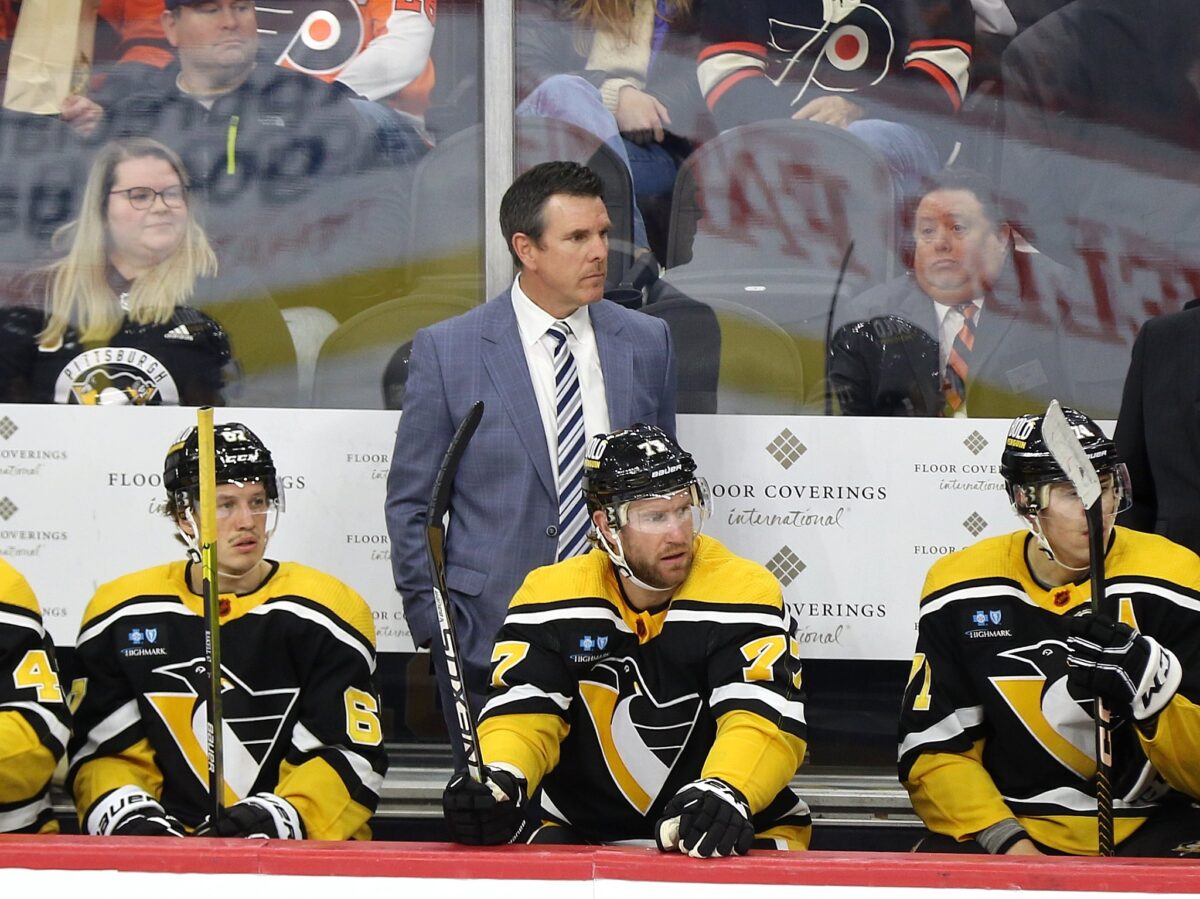
Then there’s the Lightning, a team that seems to struggle early on every season but has the confidence that they’ll be in the playoffs by the end of the season. For Cooper, the recent years and the way they start out and then progressed have been fueled by the 2019 first round sweep to the Columbus Blue Jackets. They finished that season with a 62-16-4 record and won the Presidents’ Trophy but were embarrassed in the first round. Afterward, he learned the importance of being slow and steady during the 82-game regular season, allowing a talented roster to reach the playoffs without feeling burnt out or overworked. Once the playoffs begin is when they kick things into another gear which has fueled the recent Cup runs.
Finding Big Roles for Depth Players
No coach in the NHL has done a better job at finding big roles for depth players than Cooper. From Pat Maroon to Blake Coleman to Barclay Goodrow to Erik Cernak and all the bottom-six forward and late pair defensemen that have played for the Lightning over the years.
A lot of teams have depth but Cooper is able to find the skaters that typically play minor roles and allow them to take on bigger roles that optimize their skill set. Coleman and Goodrow, two forwards on the third line, often played on the penalty kill. Maroon, despite averaging only 11:39 ice time in his time with the Lightning, was used as a power forward to not only create turnovers with his forecheck but play the dirty areas offensively to find the back of the net. In four seasons with the Lightning, he contributed 4.2 defensive point shares and scored 29 goals and 53 assists, making him a great bottom-six forward.
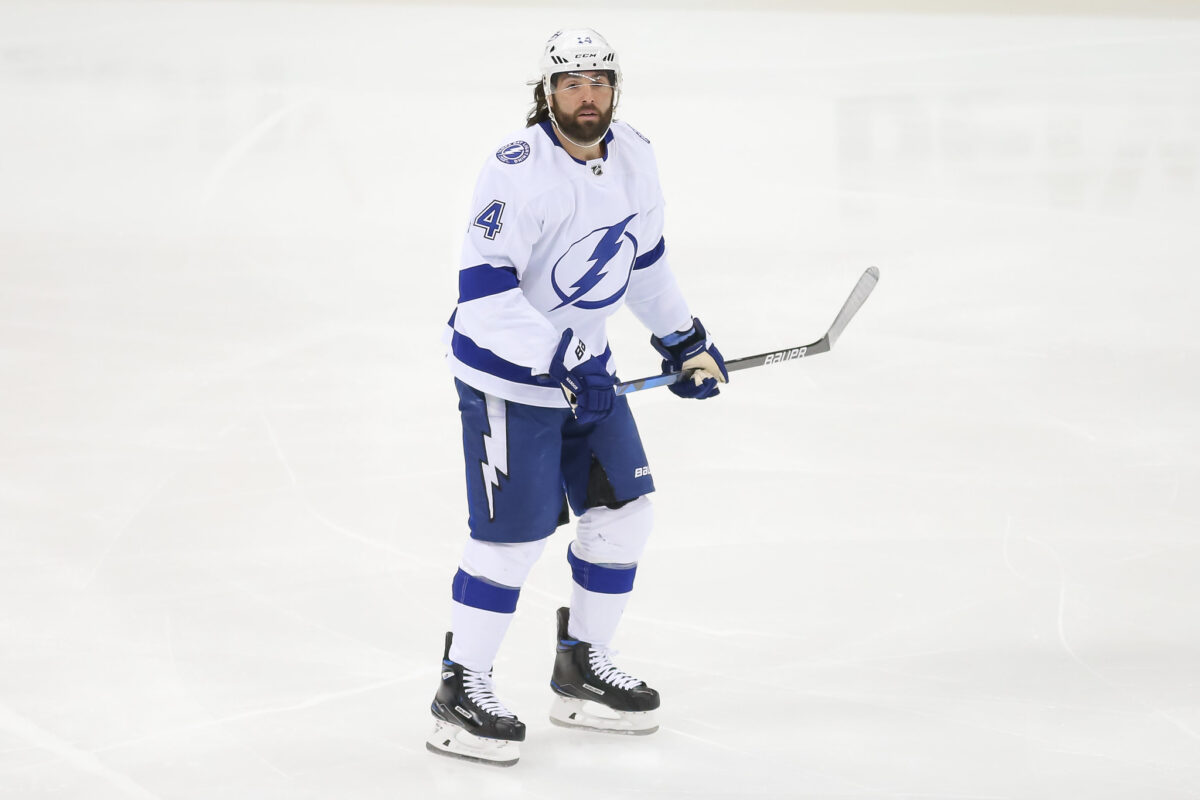
The Penguins are in a similar boat as the Lightning. It’s easy to compete when there’s a great core with future Hall of Famers Sidney Crosby, Evgeni Malkin, and Kris Letang leading the way. That said, the other skaters on the team stepping up speaks volumes about Sullivan’s coaching. Every season it seems someone comes out of nowhere and becomes a staple on the roster, which is impressive considering there isn’t a lot of room to add talent. The Penguins are both pressed against the salary cap and have one of the league’s worst farm systems; yet over the past five seasons, they’ve seen John Marino, Marcus Pettersson, and Bryan Rust emerge as mainstays.
Along with finding breakout players, Sullivan has gotten the most out of his depth players. Cody Ceci was a journeyman defenseman who had 2.8 defensive point shares in 2020-21 which was second-most on the team behind only Letang. Evan Rodrigues was a bottom-six forward whose career never took off with the Buffalo Sabres but he scored 27 goals and 31 assists in two years with the Penguins including a career-best 19 goals and 24 assists in 2021-22. It helps that Crosby, Malkin, and Jake Guentzel have carried the team, but the depth skaters stepping up and overachieving has been a testament to Sullivan’s coaching.
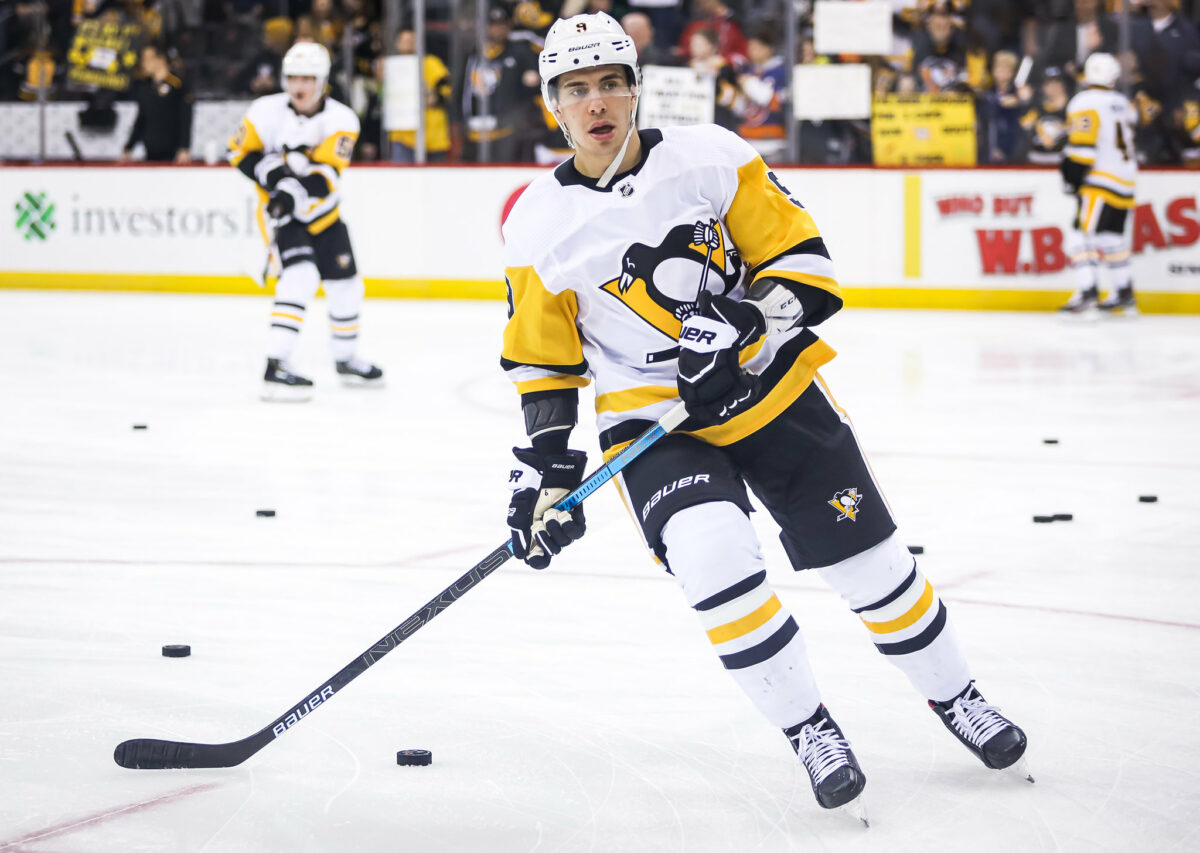
There’s a cliche in hockey that every team has a “next man up” mentality. It’s good in theory but oftentimes, it’s hard to execute in the NHL, especially when an elite player goes down. However, Brind’Amour’s Hurricanes reflected that mentality and it was on full display in their 2023 Playoff run. They lost a lot of skaters to injury during the season and in the first round against the Islanders, they had to call up multiple skaters from the AHL just to fill the roster. Yet, they remained the same team and played the same system. They not only overwhelmed the Islanders in a six-game series but easily defeated the New Jersey Devils in a five-game series to reach the Eastern Conference Final.
During the playoff run, veteran skaters like Paul Stastny were asked to step up in the absence of some of their stars. He scored three goals in the first round including the Game 6 game-winner in overtime to send the Hurricanes to the second round. Likewise, Jordan Staal has transitioned into a defensive forward in recent years but Brind’Amour asked him to become a playmaker in the offensive zone. He scored two goals and eight assists in the playoff run. Brind’Amour not only expects every player to step up but knows which ones are capable of taking on bigger roles, and it’s resulted in success both in the regular season and the playoffs in recent years.
Adaptability Is Key, Especially in the Playoffs
Every coach has a system that is their bread and butter, the one that made them a head coach in the first place. Some coaches are taught how hockey is meant to be played while others fall in love with a specific style and feel it is the ideal way to play the game. However, the coaches that win the Cup are the ones that can prove they are capable of pivoting and even drifting away from the system that made them successful.
The Avalanche have been one of the league’s best teams in recent years on the backs of a high-flying offense. However, their 2022 Cup run forced Bednar to adapt and more importantly win in a variety of ways. He needed the team to slow the game down at times and more importantly, control the puck and maintain possession. All season, the Avalanche were known for aggressively creating chances on the rush and being willing to take extra shots on the net, but in their playoff run, Nathan MacKinnon and Makar were asked to hold on to the puck.
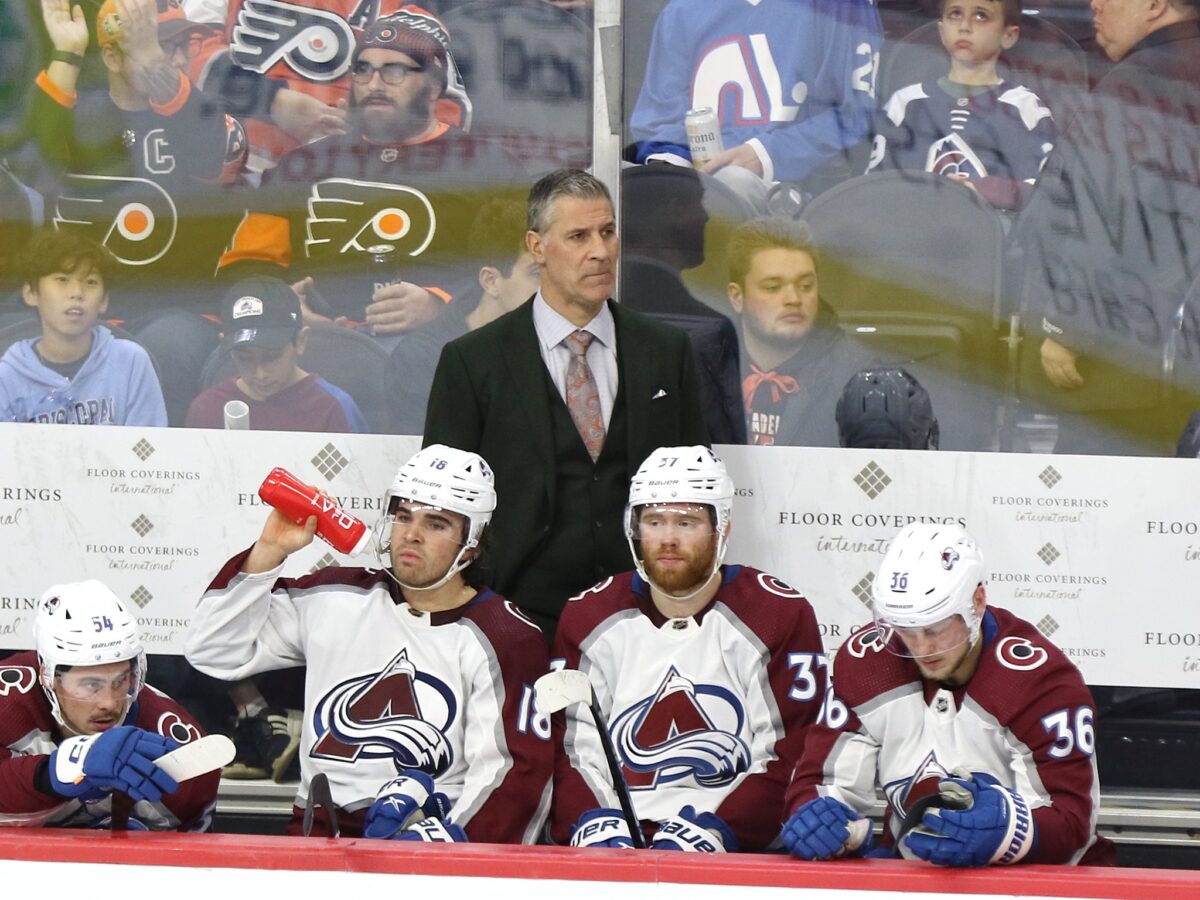
Sure, their offense overwhelmed the Nashville Predators in the first round, scoring 21 goals in the four-game sweep. Likewise, in the Western Conference Final, the offense took over against the Edmonton Oilers, scoring 22 goals in the four-game sweep. That said, the Avalanche relied on their defense to defeat the St. Louis Blues in the second round, limiting them to only 18 goals in six games, and in the Stanley Cup Final, they needed Darcy Keumper to outduel Andrei Vasilevskiy. The Final had a few high-scoring games but ultimately, the game slowed down and became a defensive struggle culminating in an Avalanche 2-1 victory in Game 6 to secure the title.
The Lightning proved in their back-to-back title runs that they could not only win but how to play against a given opponent. Cooper leaned on his offense to speed up games against the Boston Bruins and the Dallas Stars. Against the Hurricanes, Islanders, and Montreal Canadiens, he leaned on his defense and goaltending to take over. Similarly, Cooper gave more ice time to Maroon and the hard hitters when a series was more physical, and against faster teams, he played Coleman and Brayden Point more.
Both Bednar and Cooper saw their opponent’s strengths and weaknesses and knew what type of style to play to win every series. Their systems got them to the playoffs but weren’t the reason they won the Cup at the end of the day.
Lessons for Teams With Recently Hired Head Coaches
It’s vital to win over the locker room from the first day on the job. Bednar took over a team that was near the bottom of the standings and didn’t improve them record-wise in his first year behind the bench. However, he won over the roster in his first year and was able to earn the trust of the veterans and more importantly the young core that was forming at the time. Likewise, Sullivan has recently been rumored to be on the hot seat, but his constant communication with the roster and the endorsement he received from his players is why his job is safe.
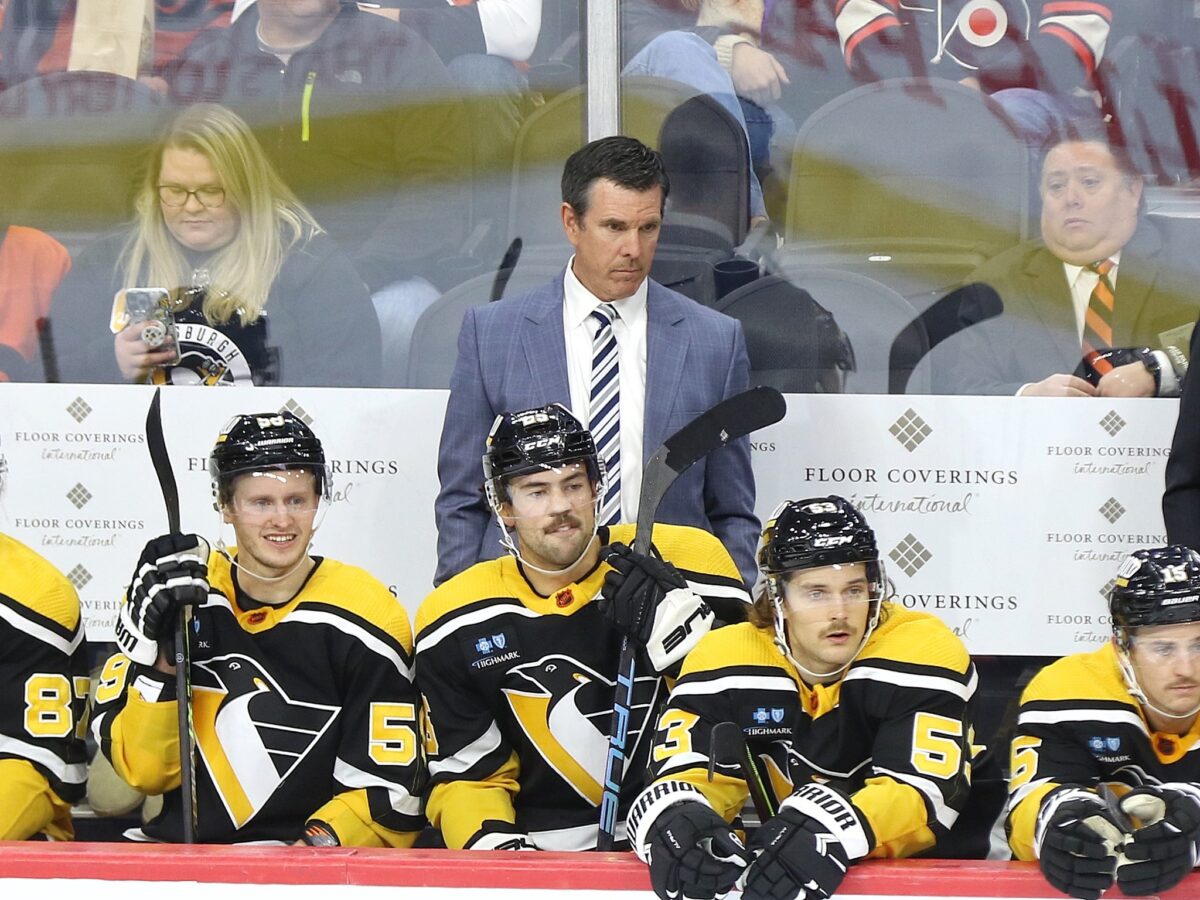
Along with communication with the players, the relationship with the front office and the coaching staff is crucial to success. Oftentimes, a front office will have different expectations for the team or not be on the same page as the coach and once a disconnect happens, a change is likely to follow. The four longest-tenured head coaches have built trust in the organization and it allows management to make easier, more intelligent decisions.
A lot of teams like to hire coaches with a track record or as the critics call them “retread” or “recycled” coaches. Peter Laviolette for example was hired by the New York Rangers this offseason and will coach his fifth Metropolitan Division team this season. This strategy sounds great but the success of coaches in recent years would suggest avoiding it. The four longest-tenured head coaches have coached a combined five teams (Sullivan was behind the Boston Bruins’ bench for two seasons before joining the Penguins). The successful head coaches haven’t been the ones with a past legacy, but rather the ones looking to establish a legacy in the future.
